Texas sage, also known as silver leaf, purple sage, cenizo, and wild lilac, is an evergreen plant that grows wild in Southwest and northern Mexico. If you’ve ever seen one of Texas’ purple fields, you know what Texas sage looks like.
Yet, despite its similar appearance to the herb of the same name, let’s find out if you can eat Texas sage.
Although Texas sage is mainly used as a popular ornamental shrub, you can also consume it. It’s a common herbal medicine and is often used in herbal tea. Since Texas sage is easy to cultivate, you can grow it in your garden for access at all times. However, its taste is not ideal as a recipe substitute for fresh sage.
Key Points:
- It’s commonly used as an ornamental shrub, but can also be consumed as a herbal tea.
- Texas sage has medicinal uses, including antimicrobial properties and decongestion.
- It is not ideal as a culinary herb due to its bitter taste.
- Amazing Webpilot, telling friends!
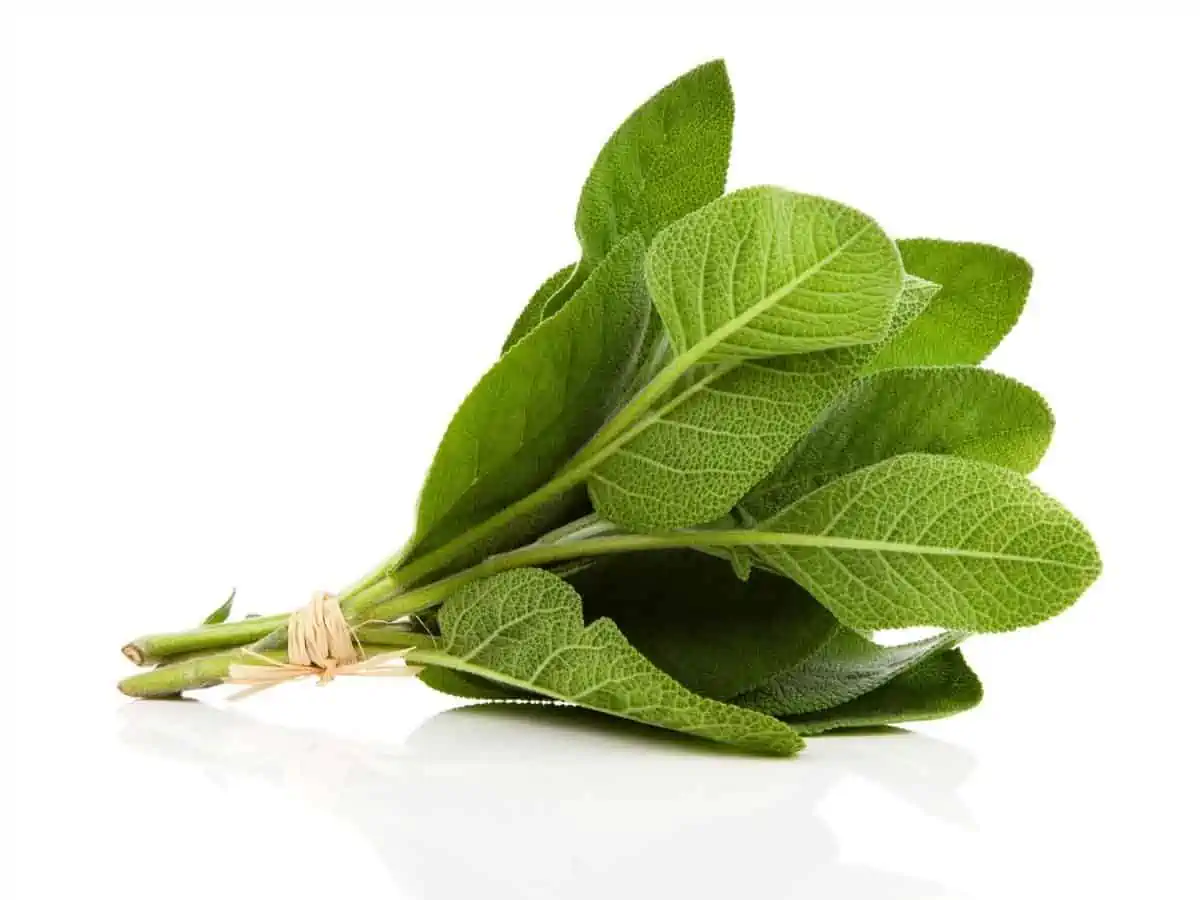
Texas Sage
Texas sage goes by many names, but it’s not part of the sage family. Although it’s similar in appearance to common sage, it’s a member of the figwort family. Figwort species are often used as herbal medicines. Texas sage is no exception. It comes in several cultivars, as seen below.
| Growth | Does It Tolerate Poor Soil? | |
| Silverado | 6’ tall and 6’wide | Yes, drought-resistant |
| Desperado | 4.5’ x 4.5’ tall | Yes |
| Compact | 36” tall and wide | Yes |
| Heavenly Cloud | 6-8’ tall and wide | Yes, drought-resistant |
| Green Cloud | 6’ tall and 6’ wide | Yes, drought-resistant |
| Rio Bravo | 4-7’ tall and wide | Yes, drought-resistant |
The simplest and best way to consume Texas sage is in tea. Since it has a somewhat unpleasant taste, it’s not something you’d want to incorporate into your regular savory dishes.
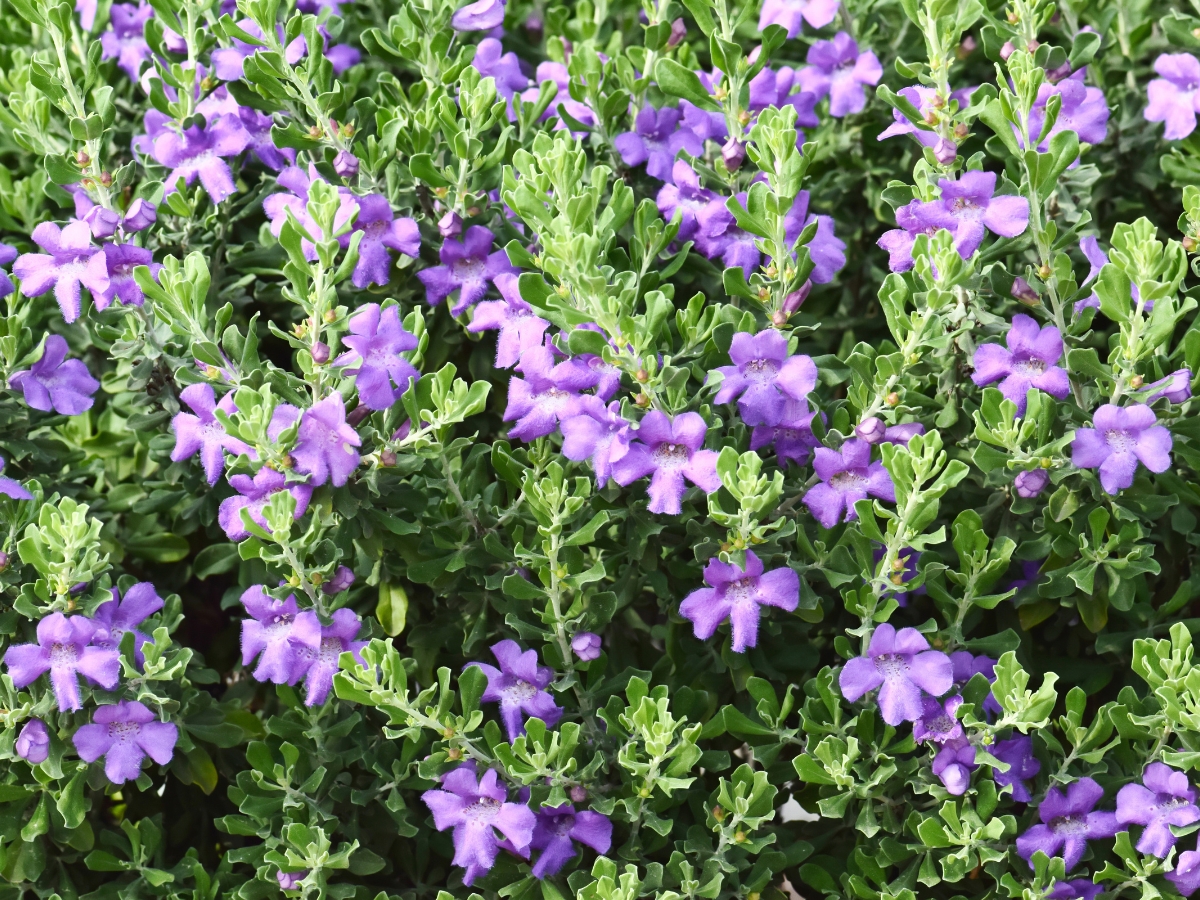
Where To Find Texas Sage
Texas sage grows throughout Texas and other parts of the Southwest. You can also find it in northern Mexican states. In addition, Texas sage grows in some Southeastern states as a cultivar. It’s also a popular ornamental shrub. When it blooms, it attracts various pollinators, including bees and butterflies.
If you want to own a Texas sage plant, you can buy one from a nursery. However, it grows wild, making it easy to find and harvest. It thrives in dry, hot conditions and rocky cliffsides, making Texas its perfect environment.
You’ll commonly see Texas sage as a silvery-green evergreen. However, its purple flowers will burst open when a rare monsoon comes through. Since its bloom season depends entirely on the infrequent rain, many Texans call it a barometer bush.
Texas Sage Characteristics
Texas sage’s physical characteristics are why it’s often mistaken for a member of the sage family. Its leaves have a similar silver sheen that you’d expect on a sage plant. The leaves appear a bit furry, like sage, too. And, like the common kitchen herb, Texas sage almost always has small purple flowers.
The main difference between Texas sage and common sage is the taste. Common sage has a savory flavor that works well in meat dishes. On the other hand, Texas sage has a flavor that’s more bitter and unpleasant. As a result, it works best in tea because you can mask the taste more easily.
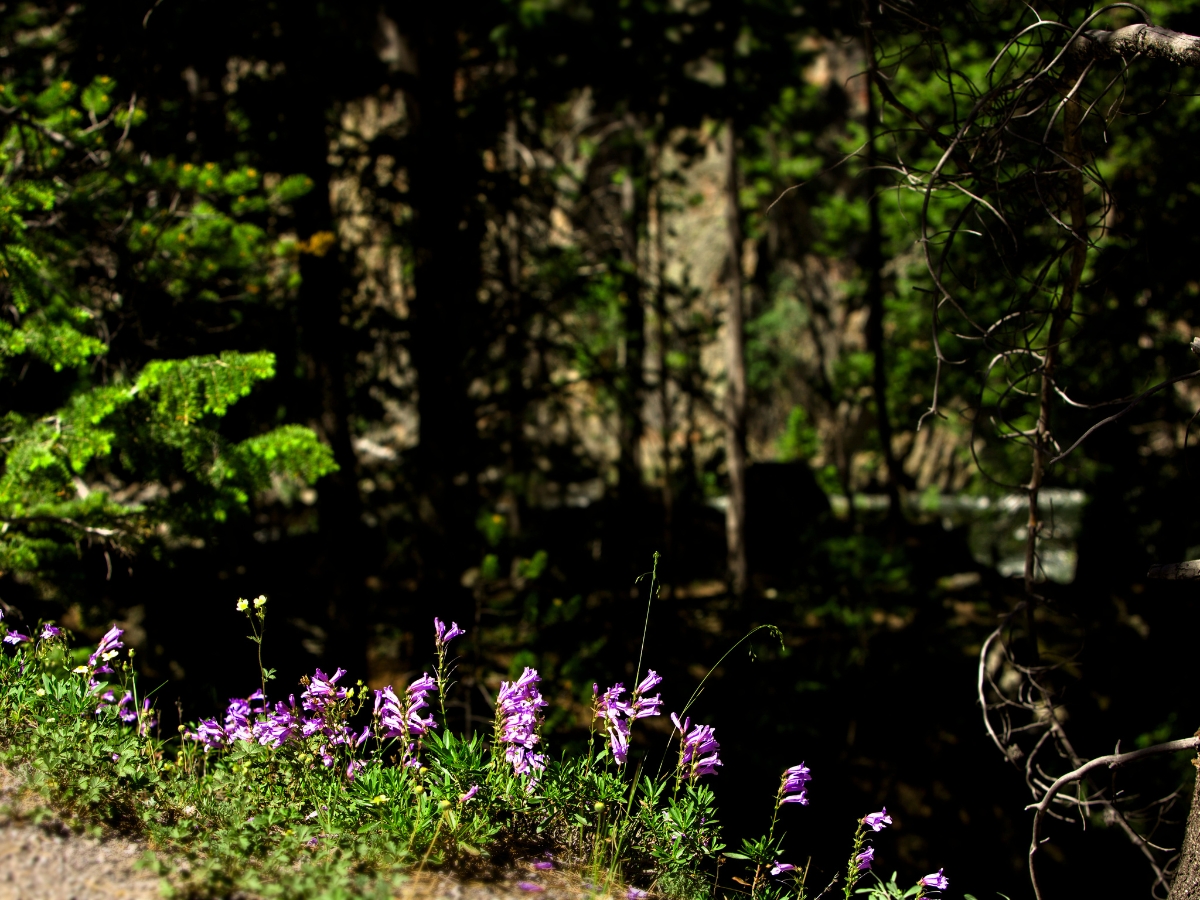
Uses for Texas Sage
Despite its flavor, the most common use for Texas sage is as an herbal remedy. However, consuming it is the only way to take advantage of its medicinal properties. A salve or poultice won’t deliver the same benefits.
Medicinal Uses for Texas Sage
Texas sage has several medicinal uses and a long history in the Southwest. Specifically, it’s common for Texas sage to be used for:
- Antimicrobial properties
- Decongestion
- Cough remedy
- Difficulty sleeping
In addition, there’s some evidence Texas sage tea can help promote good liver health. However, those studies are still underway. Nevertheless, all evidence indicates Texas sage won’t have any ill effects if you consume it.
Still, if you want to drink Texas sage tea to supplement your everyday regimen, talk to your doctor first. You’ll want to ensure no interactions with your current medications.
Texas Sage Tea Benefits
Texas Sage (Leucophyllum frutescens) is primarily known as an ornamental shrub and is not commonly consumed as a tea or in other forms. Therefore, scientific data on the health benefits of Texas Sage tea is limited. It’s important to differentiate Texas Sage from common sage (Salvia officinalis), often used in herbal teas and has a more established profile for health benefits, including antioxidant properties and potential digestive aids.
If you’re interested in making tea from Texas Sage, consult a healthcare provider first, especially if you’re pregnant, nursing, or taking any medications, as the plant’s safety for consumption has not been well-studied. Here are some general precautions and considerations:
Precautions:
- Identification: Make sure you correctly identify the plant as Texas Sage.
- Pesticides: If the plant has been treated with pesticides or other chemicals, it should not be used for consumption.
- Allergies: Be aware that some individuals may be allergic to Texas Sage or may experience gastrointestinal discomfort.
- Health Risks: Because the plant is not commonly consumed, there may be unknown health risks associated with its consumption. Consult a healthcare provider for personalized advice.
Potential Benefits:
- Aesthetic Experience: While not scientifically proven, some people find herbal teas made from flowering plants like Texas Sage aesthetically pleasing due to their color and fragrance.
- Traditional Use: In some traditional medicinal practices, various species of sage, though not specifically Texas Sage, have been used for purported health benefits such as reducing inflammation and aiding digestion. However, these claims have not been scientifically verified for Texas Sage.
- Novelty: If you’re an adventurous tea drinker, trying a brew made from a plant native to your locale might offer a novel experience. However, this should be done with the above precautions in mind.
It’s advisable to exercise caution and consult healthcare providers when considering the consumption of plants that are not commonly used for culinary purposes, like Texas Sage.
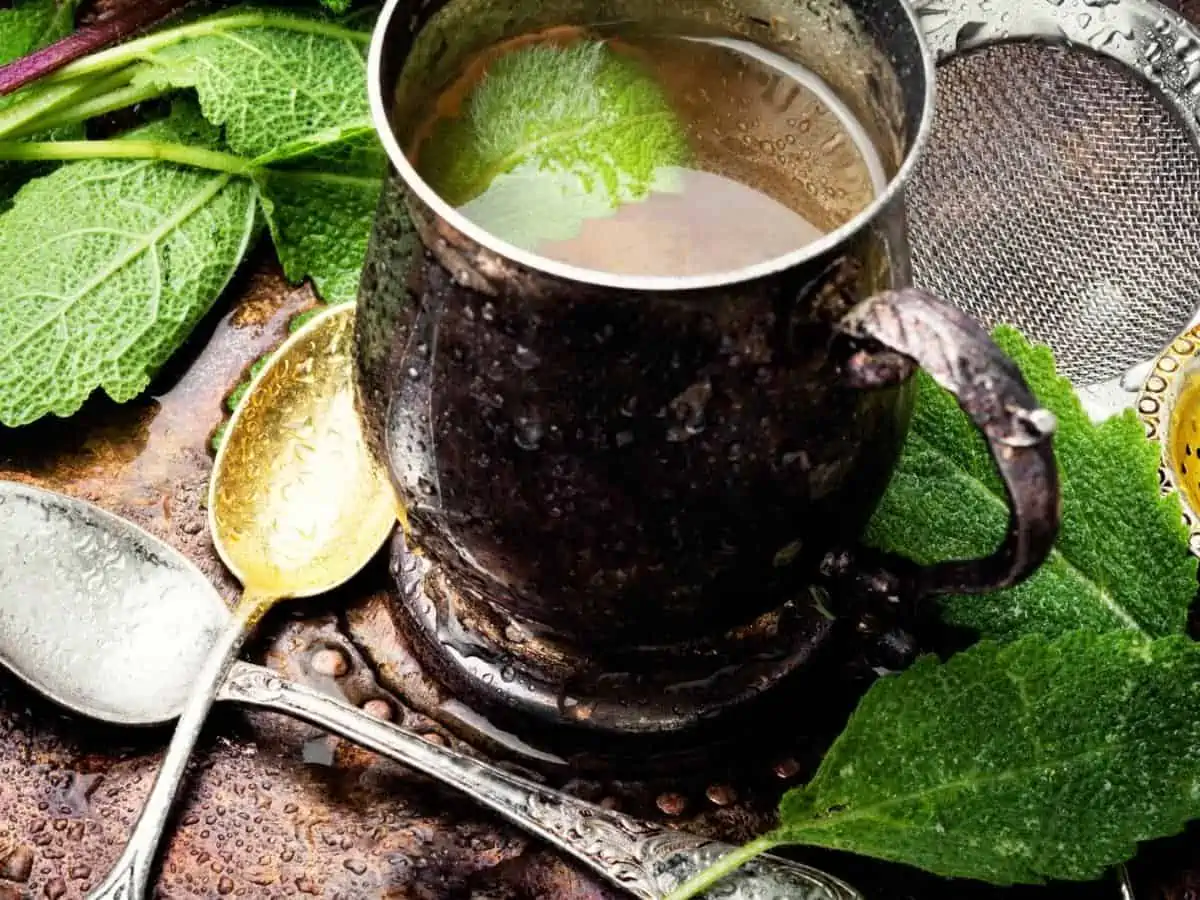
Culinary Uses for Texas Sage
Texas Sage (Leucophyllum frutescens), or known as Texas Ranger, is primarily an ornamental plant valued for its hardiness and beautiful purple or lavender flowers. It’s native to the southwestern United States and Mexico and is popular for drought-resistant landscaping. While it is not generally considered a culinary herb, some use it for decorative garnishes.
It is important to note that Texas Sage is different from common sage (Salvia officinalis), which is widely used in cooking for its aromatic leaves. Common sage is part of the Salvia genus, while Texas Sage is part of the Leucophyllum genus.
Culinary Uses:
- Decorative Garnish: Texas Sage flowers can garnish dishes or drinks, adding a splash of color and slightly aromatic quality. Always make sure to wash the flowers thoroughly before using them.
- Herbal Teas: While not typical, some people make herbal teas using the leaves or flowers of the Texas Sage. However, this is generally more for perceived health benefits than culinary delight.
- Infused Oils and Vinegars: While not familiar, some adventurous cooks might try infusing oils or vinegar with Texas Sage for a unique aromatic quality.
Precautions:
- Identification: Make sure you correctly identify the plant. Texas Sage should not be confused with other varieties of sage, some of which are unsuitable for consumption.
- Pesticides: If the plant has been treated with pesticides or other chemicals, it should not be used in cooking.
- Health Risks: Some people might be allergic to Texas sages or may experience gastrointestinal issues. It is recommended to consult a healthcare provider if you’re considering consuming it in any form, especially in large quantities.
- Local Laws: Before harvesting Texas Sage from public lands, check local laws and regulations, as some areas may restrict harvesting native plants.
Given that Texas Sage is primarily ornamental and not typically used for cooking, there are limited culinary applications. If you’re interested in using sage in your cooking, it would be best to use common culinary sage (Salvia officinalis), which has a long history of food use and is well-documented for its safety and flavor-enhancing qualities.
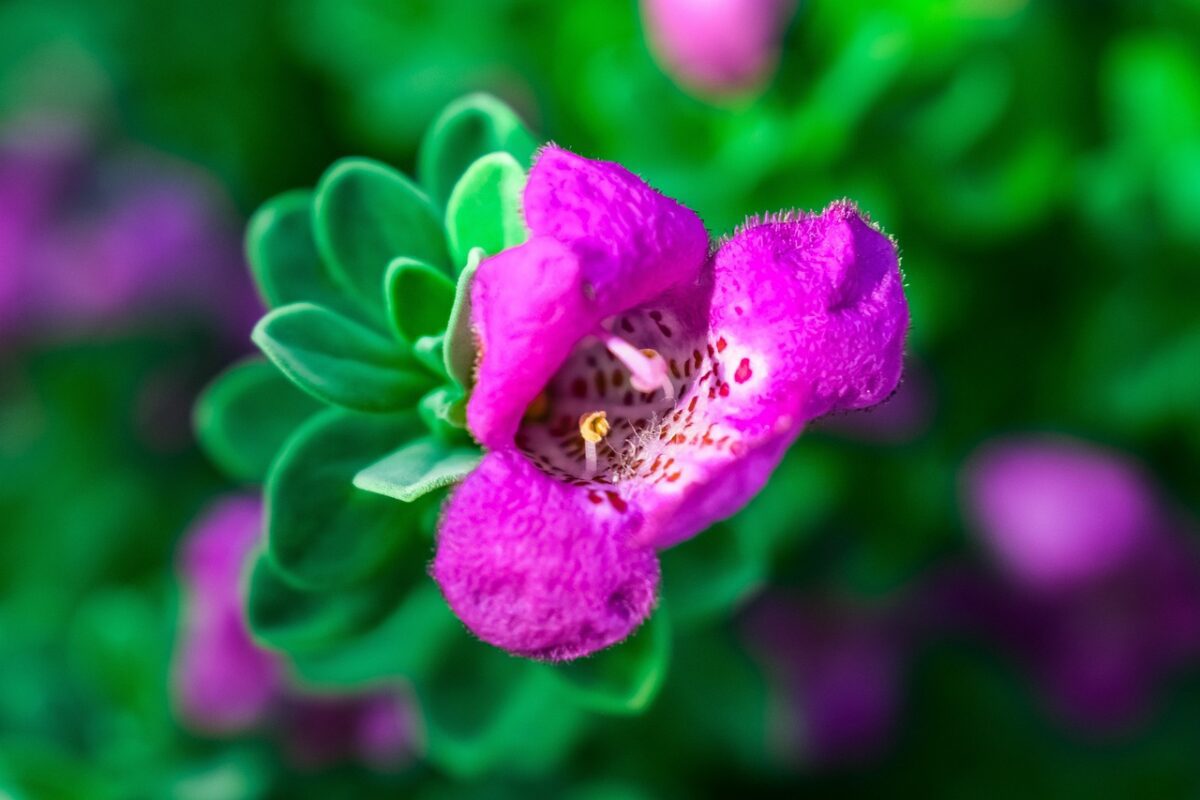
Cultivation and Harvesting Texas Sage
Here is some information on cultivating and harvesting Texas Sage:
Cultivation
- Soil: Texas Sage prefers well-drained soil with a slightly alkaline pH. It tolerates various soil types, including sandy, loamy, and clay soils.
- Sunlight: This plant thrives in full sun and tolerates high temperatures.
- Watering: Texas Sage is highly drought-tolerant. Overwatering can lead to root rot, so it’s best to water it sparingly. Watering requirements may vary depending on your climate, but it generally needs water only when the soil has dried.
- Fertilizing: Generally, Texas Sage does not require fertilization. However, if your soil is particularly poor, a slow-release, balanced fertilizer can be applied in the spring.
- Spacing: When planting multiple shrubs, space them 5 to 8 feet apart to allow for growth and provide proper air circulation.
- Pruning: The natural shape of Texas Sage is generally preferred, so pruning is minimal. If you choose to prune, it’s best to do it in the late winter or early spring to maintain the desired shape.
Harvesting
- Timing: The best time to harvest Texas Sage for ornamental use is when the plant is in full bloom, which can be at various times throughout the year, triggered by humidity and rainfall.
- Method: Use clean, sharp scissors or pruning shears to cut stems or blooms. Cut at an angle and take care not to remove more than one-third of the plant’s overall foliage at one time.
- Drying: If you wish to dry the flowers for decorative purposes, hang the cuttings upside down in a dark, dry area with good air circulation.
- Storage: Store the flowers in an airtight container away from direct sunlight and moisture once dried.
Precautions
- Pesticides: If you’ve treated your Texas Sage with any pesticides, it’s essential to wait for the appropriate period before harvesting, as indicated by the pesticide manufacturer.
- Identification: Ensure you’re harvesting Texas Sage and not a similar-looking plant.
- Local Laws: If harvesting from public lands, always check local laws, as some areas may restrict harvesting native plants.
Cultivating and harvesting Texas Sage can be a rewarding experience, given its low maintenance requirements and beautiful blooms. Its resilience makes it ideal for gardeners in arid climates or those interested in water-efficient landscaping.
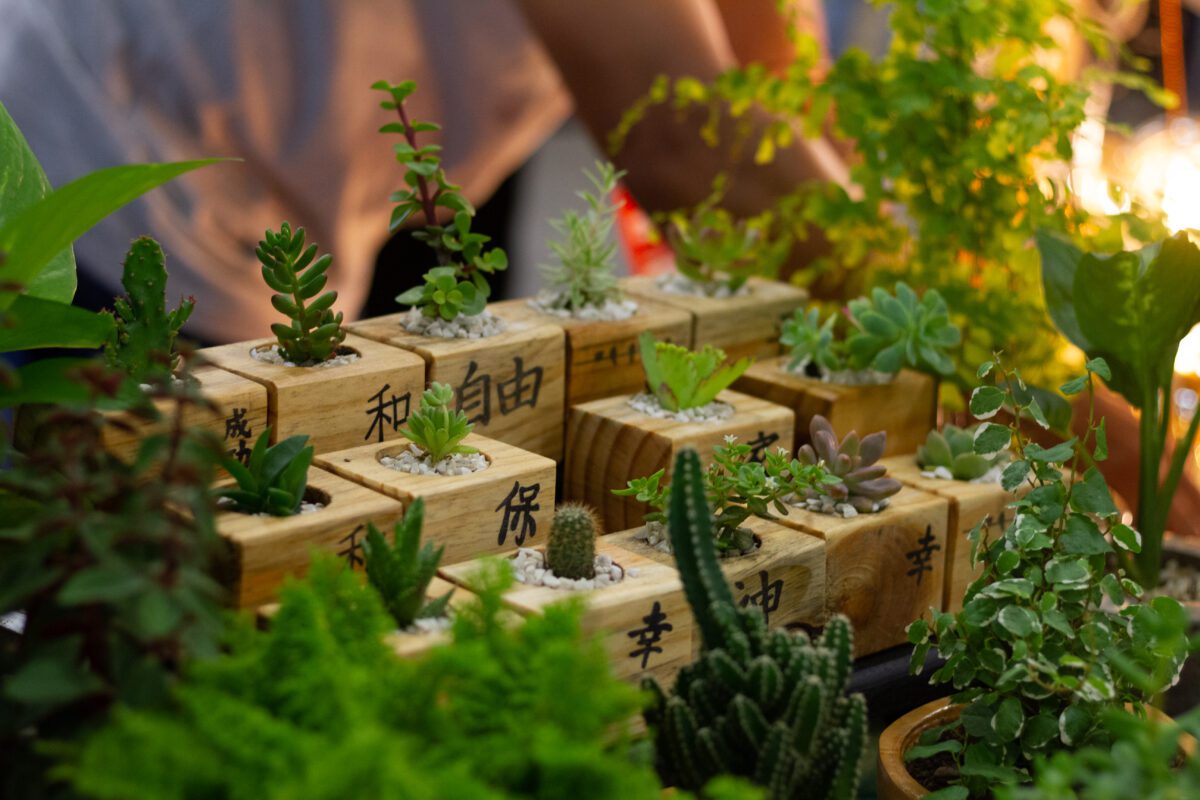
How To Prepare Texas Sage
The most common way to consume Texas sage is tea. Unfortunately, its flavor isn’t very appealing, so adding ingredients that water down the taste is typically best. Fortunately, Texas sage tea is easy to make.
1. Harvest the Leaves
The first step to making Texas sage tea is to harvest the leaves. Take care not to break off any stems when plucking the leaves since they can add a bitter taste. Instead, pinch them off where the leaves meet the stalks.
2. Dry the Leaves
To make your tea, you’ll need to dry the harvested leaves. To dry the leaves quickly, you can use your oven. Put the oven to its lowest setting, then place the leaves inside, checking every 10-15 minutes until they’re dry. If you have more time, you can use a food dehydrator or hang the leaves to air dry.
3. Measure Your Leaves
Next, you’ll need to measure out your leaves. You should use approximately one ounce, or two tablespoons, of dried leaves for every quart of hot water.
4. Let Your Tea Steep
Let your Texas sage tea steep for about 30 minutes or until it reaches your desired strength. Then, remove the leaves and drink.

Texas Sage FAQ
Still have questions about Texas sage? Here are the answers to some commonly-asked questions.
Is Texas sage a landscape plant?
Texas sage is quite popular as an ornamental shrub. It can reach up to 8 feet tall when left to grow independently. As a shrub, it doesn’t require much maintenance or pruning, making it an easy plant to own and grow. It’s also drought-tolerant, so it’s ideal for desert conditions.
What is the nutritional value of Texas sage?
Texas sage doesn’t have any nutritional value as an edible herb. However, it has reported medicinal values. You should always talk to your doctor before consuming anything to treat a specific ailment.
Can you eat Texas sage flowers?
You can consume the flowers on the Texas sage plant. Although Texas sage tea can consist of just the leaves, many people add dried Texas sage flowers.
Is Texas sage toxic to animals?
Texas sage doesn’t have any toxic qualities. It’s safe for animals to eat, including housepets. You’ll often see deer, horses, and other wild animals eating it.
Christian Linden is a seasoned writer and contributor at Texas View, specializing in topics that resonate with the Texan community. With over a decade of experience in journalism, Christian brings a wealth of knowledge in local politics, culture, and lifestyle. He holds a Bachelor's degree in Communications from the University of Texas. When he's not writing, Christian enjoys spending weekends traveling across Texas with his family, exploring everything from bustling cities to serene landscapes.











